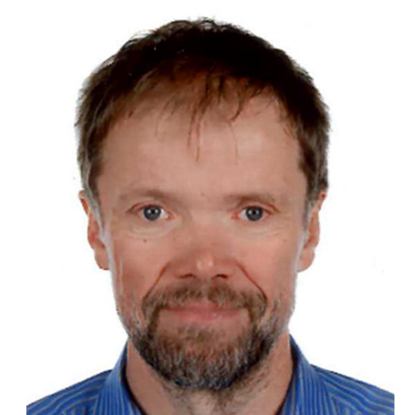The air we daily breath has a density of 1.3 kgm-3. One cubic meter contains 0.96 kg nitrogen, 0.3 kg oxygen, 16 g argon, 0.66 g CO2 and ca. 10g water (all values for 40% relative humidity, 20°C and 1 atm). Besides the water content, all these values are identical all over the world. These components constitute 99.9998 % of the atmospheric mass. In the last decades, scientific investigations have shown the meaning of the missing trace components. Trace gases as SO2, NOx, CO, CH4, O3 or FCKW`s initiate interaction processes, such as the atmospheric phenomena known as “acid rain”, “the hole in the ozone layer”, “El Niño”, or the “greenhouse effect”.
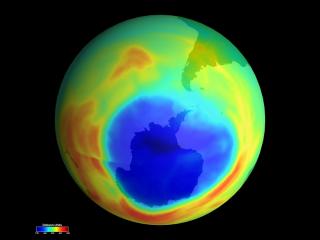
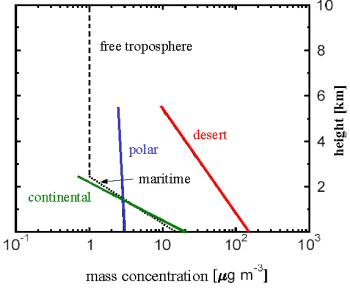
In the 70s, the rising concentrations of these trace gases could be identified as the origin of the rising mean temperature. But there is a third important component in our atmosphere: the aerosol particles. These particles typically have concentrations in the range of 1-100 µg/m3, which means that this fraction is only 10-9 to 10-7 of the total atmospheric mass.
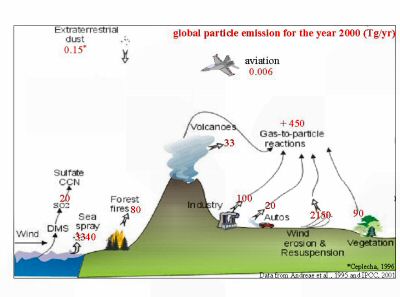
However, the optical properties of the atmosphere in the wavelength range of visible light are dominated by aerosol particles. Aerosol particles can influence the atmospheric radiative balance by scattering and absorption (direct effects) of the solar radiation and by acting as cloud condensation nuclei (indirect effects). On a global scale, backscattering of solar radiation into space is the dominating direct effect, leading to a negative climate forcing.
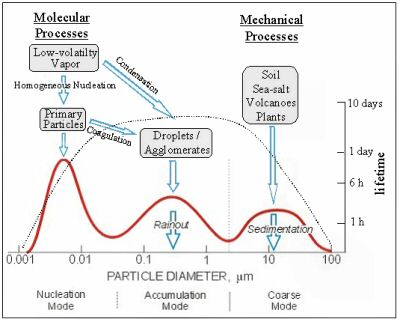
Therefore, atmospheric aerosol particles reduce the “greenhouse effect” caused by trace gases like CO2, CH4 or FCKW`s. Because of the very short lifetime of particles in the atmosphere (minutes to some days), there is a very strong fluctuation of composition and concentration of the atmospheric aerosol over the whole earth, even on a regional scale. This complicates a detailed study of aerosol particle size, concentration and chemical composition. This insufficient knowledge concerning the atmospheric aerosol is today one of the biggest problems in climate modeling.

